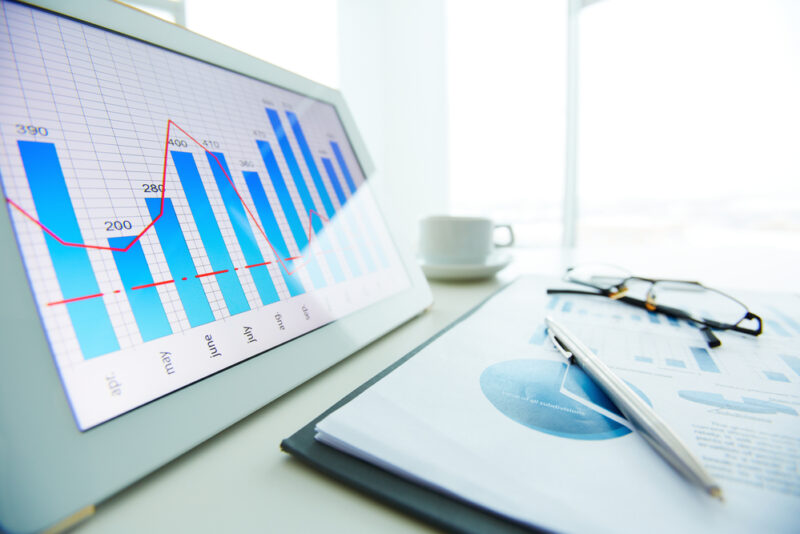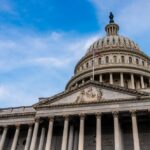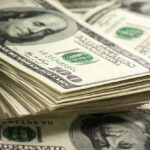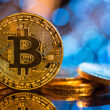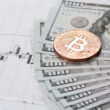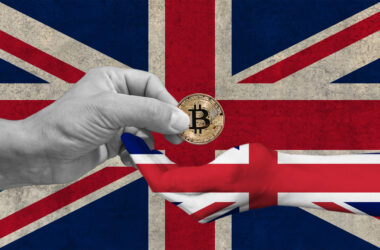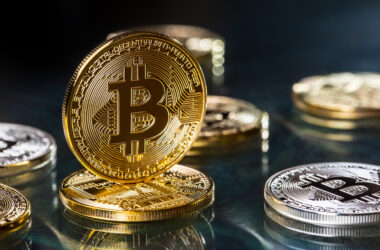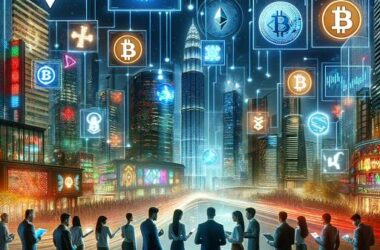It is well over a year since the pandemic took hold. Although it has been a tough time, and it is not over yet, the economy in the United States is poised to recover. However, there are still roadblocks that make reaching this milestone difficult.
CNN’s “Back-to-Normal Index” was developed in co-operation with Moody’s Analytics. The results of the ongoing program show that the economy in the United States is close to 90 percent of what it was before the onset of the coronavirus pandemic.
The index takes into account national as well as state-level indicators. In April of last year, the index was at 57 percent, compared to 90 percent today.
Although there has been genuine and meaningful progress, getting the last 10 percent is not going to be easy for a crippled economy. The massive effort to vaccinate consumers is working, more and more are leaving their homes to spend money on travel and dining. Even with these developments, the U.S. is still millions of jobs short of pre-pandemic levels.
Many workers are hesitant to return to in-person work. The issue of child care is an unsolved riddle in many areas throughout the country where schools and day-care centers have yet to return to full capacity.
Economists believe there are several things that need to happen in order to get the country and the economy back to pre-pandemic levels.
Noticeable Gaps in the Labor market
There are several awkward gaps in the recovery phase, the labor market is one of them. There are far fewer jobs nationally now than there were prior to the epidemic, and what’s worse, they all disappeared at the same time. However, saying that, there are many businesses now that cannot find the skilled help they require. Economists are the first to say that most jobs may eventually return, but not all. Some jobs have gone forever.
New York, Hawaii, and Nevada were hit very hard. These states remain behind the national unemployment rate of 6.1 percent. The full reopening of in-person schooling in September could very well result in a job boost.
But that is the future. As of now, the country is still short of over 8 million jobs when compared with February 2020, just before the pandemic started to take its toll on the economy. The leisure and hospitality sectors were the worst hit by the pandemic, it is also experiencing the strongest rebound, although, it too, is down almost three percent.
Businesses across most sectors are having to raise wages to attract employees. Republic law-makers are suggesting that the jobless benefits that were, and still are to some extent, offered to affected workers are the reason why workers would rather stay at home than return to the workforce.
With the enhanced benefits that are being provided, it may make good financial sense for those whose income is at the bottom end of the wage spectrum to stay home. For others, it is a matter of weighing the risks associated with returning to work, especially if their job has the potential of exposing them to a virus that is still very active throughout the country.
The Consumers Decision
The driving force behind the economy of the United States is its people. A full two-thirds of the nation’s GNP is fueled by consumer spending, the best measure of economic activity, or lack of it.
Consumers are back in droves, spending money again at restaurants and on travel. At this time last year, businesses of this nature had shut their doors and ground to a halt.
The secret to the recovery is figuring out how to keep consumers’ spending. The stimulus checks given out during the worst of the pandemic helped. Available data shows that the national savings rate is considerably higher than it was pre=pandemic.
WeInvests is a financial portal-based research agency. We do our utmost best to offer reliable and unbiased information about crypto, finance, trading and stocks. However, we do not offer financial advice and users should always carry out their own research.
Read More




